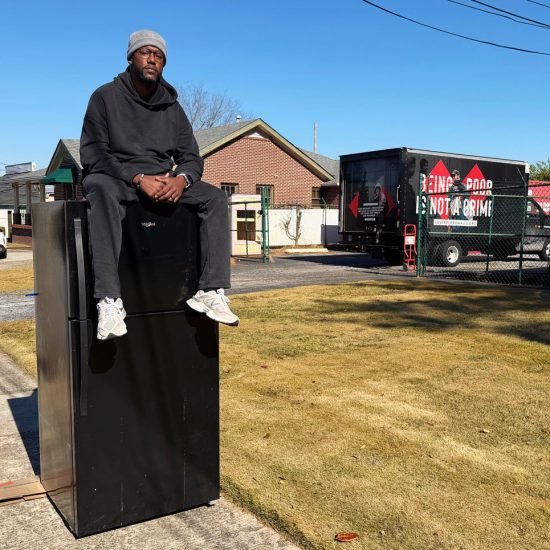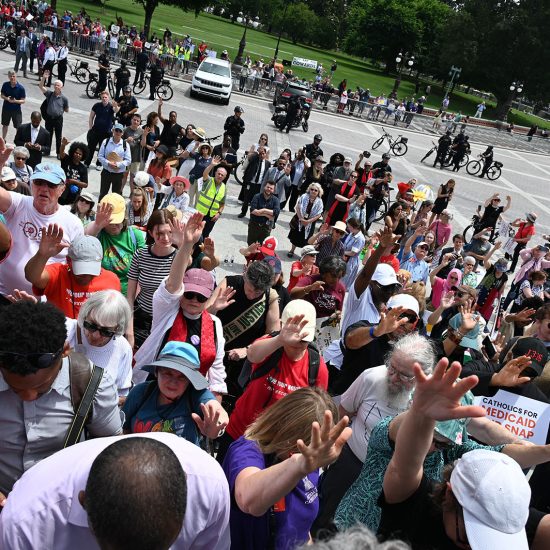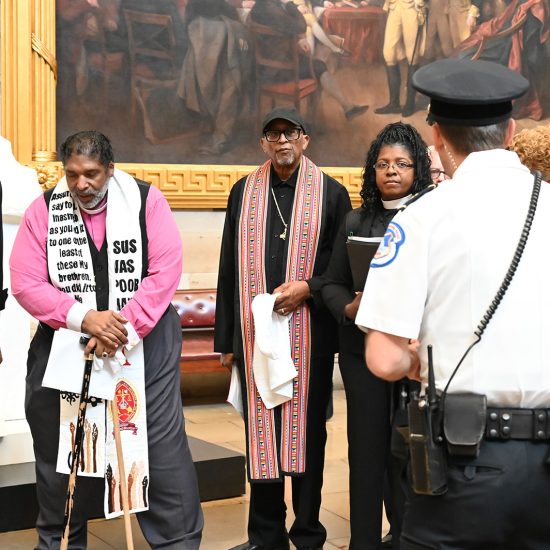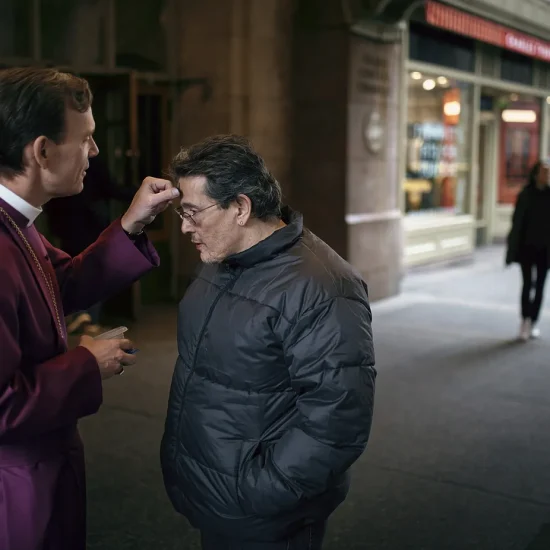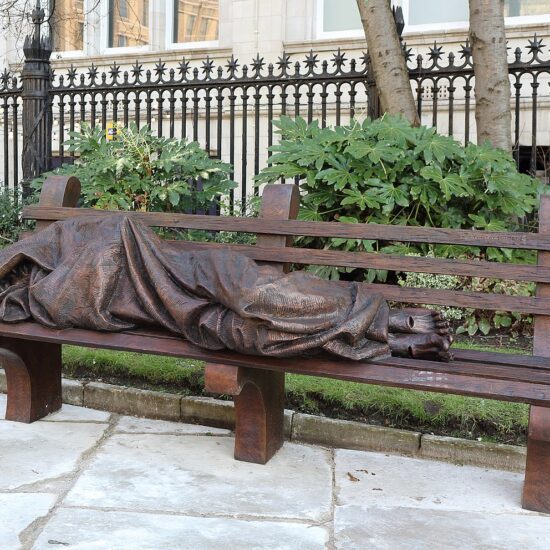Nearly 51 million households in the U.S. lacked funds to buy basic necessities in 2016, according to a United Way study published on May 17.
While there were 16.7 million households with income levels below U.S. poverty thresholds in 2016, the United Way study identified an additional 34.7 million households who could not meet their basic needs despite having income above these thresholds.
 The five states or districts with the highest number of ALICE households were Hawaii (48.9 percent), New Mexico (48.7), California (48.6), District of Columbia (47.6) and New York (47.0). (Pixabay)U.S. poverty thresholds are updated each year by the U.S. Census Bureau. For 2016, a single-person household was considered impoverished with annual income less than $12,228, two-person household ($15,569), three-person ($19,105), four-person ($24,563) and five-person ($29,111).
The five states or districts with the highest number of ALICE households were Hawaii (48.9 percent), New Mexico (48.7), California (48.6), District of Columbia (47.6) and New York (47.0). (Pixabay)U.S. poverty thresholds are updated each year by the U.S. Census Bureau. For 2016, a single-person household was considered impoverished with annual income less than $12,228, two-person household ($15,569), three-person ($19,105), four-person ($24,563) and five-person ($29,111).
The United Way’s ALICE Project, launched in 2007, seeks to provide a more accurate picture of U.S. households by documenting the number of households with earnings above poverty levels but who remain Asset Limited, Income Constrained, Employed (ALICE).
“ALICE households are defined by a Household Survival Budget, which reflects the bare minimum cost to live and work in the modern economy,” the report explained. “The budget, which establishes the ALICE Threshold, is calculated using county-level costs for six main basic needs, including housing, child care, food, transportation, health care and a smartphone.”
Of the slightly more than 119 million households assessed for 2016, nearly 34.7 million were living below the ALICE threshold for their area.
The five states or districts with the highest number of ALICE households were Hawaii (48.9 percent), New Mexico (48.7), California (48.6), District of Columbia (47.6) and New York (47.0).
The five states or districts with the lowest number of ALICE households were North Dakota (31.7 percent), South Dakota (33.4), Nebraska (35.0), Missouri (35.2) and New Hampshire (36.0).
“For too long, the magnitude of financial instability in this country has been understated and obscured by misleading averages and outdated poverty calculations,” John Franklin, president of the project and CEO of United Way of Northern New Jersey, said in a press release announcing the report’s release. “It is morally unacceptable and economically unsustainable for our country to have so many hardworking families living paycheck to paycheck. We are all paying a price when ALICE families can’t pay the bills.”
The full report is available here. Rankings by state are available here. An interactive map is available here.
This article originally appeared on EthicsDaily.com.


